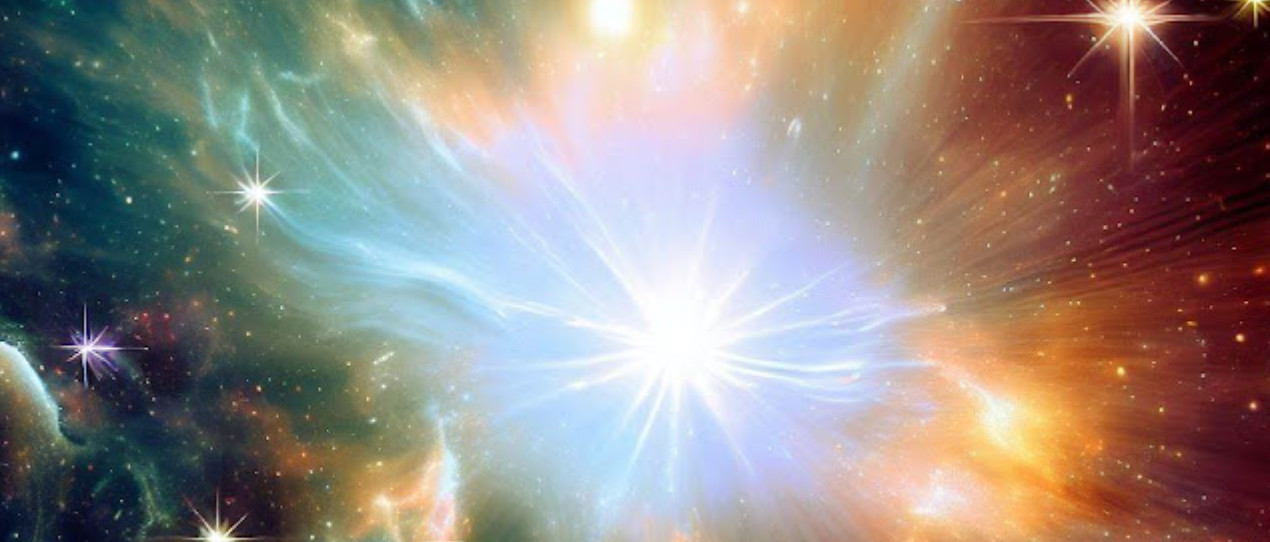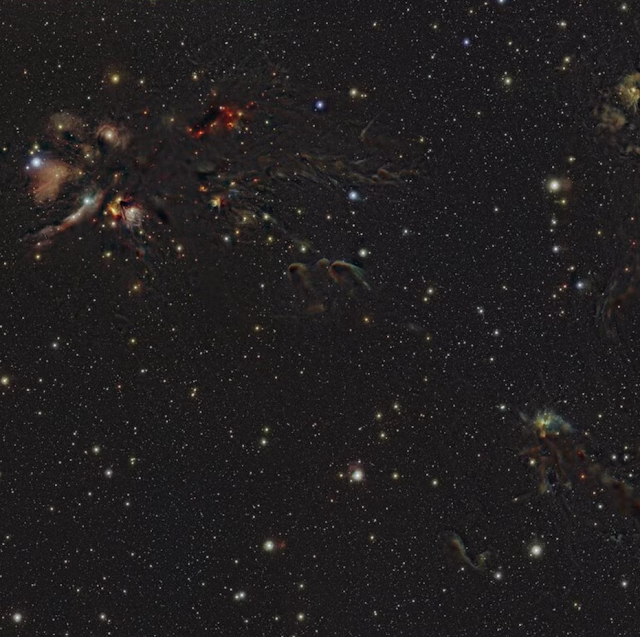The birth of stars is one of the most fascinating and mysterious phenomena in the universe. How do clouds of gas and dust collapse under their own gravity and ignite into bright and powerful sources of light and energy? What are the factors that determine how many stars are formed from a single cloud, and how many of them will host planets? These are some of the questions that astronomers have been trying to answer for decades, but the process of star formation is often hidden from our view by thick layers of dust that block visible light.

To overcome this challenge, astronomers have used a special telescope that can see through the dust and capture infrared light, which is emitted by warm objects such as young stars. The telescope is called VISTA (Visible and Infrared Survey Telescope for Astronomy), and it is part of the European Southern Observatory (ESO) located in Chile. VISTA has been observing five nearby star-forming regions for five years, taking more than one million images that have been stitched together into a stunning space atlas.
The VISTA Star Formation Atlas

The space atlas, named VISIONS (VISTA Star Formation Atlas), covers five constellations: Orion, Ophiuchus, Chamaeleon, Corona Australis and Lupus. These regions are all within 1,500 light-years from Earth, which is relatively close in cosmic terms. They contain hundreds of thousands of stars, ranging from massive ones that are hundreds of times more luminous than the Sun, to faint ones that are less than a tenth of its mass. Some of these stars are still in their infancy, surrounded by dusty disks that may eventually form planets.
The VISIONS atlas reveals these young stars in unprecedented detail, showing their positions, colors and motions. The images also show the intricate shapes and structures of the dust clouds that host them, such as filaments, bubbles and jets. The atlas is not only a beautiful collection of pictures, but also a valuable scientific resource that will help astronomers understand how stars are born and evolve.
New discoveries and future prospects
One of the remarkable findings of the VISIONS project is the discovery of “objects that no one has ever seen before”, according to Stefan Meingast, an astronomer at the University of Vienna in Austria and lead author of the study. These objects are very faint sources of infrared light that are likely to be extremely low-mass stars or brown dwarfs, which are objects that are too small to sustain nuclear fusion in their cores. These objects are very hard to detect with conventional telescopes, but VISTA has revealed them for the first time.
Another important result of the VISIONS project is the measurement of the motions of young stars over several years. This will allow astronomers to track how they leave their parent clouds and interact with each other and with their environment. João Alves, another astronomer at the University of Vienna and co-author of the study, said that this is a very challenging task, as it requires measuring tiny shifts in the positions of stars that are equivalent to “the width of a human hair seen from 10 kilometers away”.
The VISIONS atlas is not only a snapshot of the current state of star formation, but also a foundation for future observations with more powerful telescopes. One of them is the ESO’s Extremely Large Telescope (ELT), which is under construction in Chile and will be the world’s largest optical telescope when completed. The ELT will be able to zoom into specific regions of interest with unprecedented resolution and sensitivity, revealing new details about individual stars and planets that are currently forming.
The VISIONS project is a major achievement for astronomy and a testament to the power of infrared observations. By peering through the dust that obscures our view, VISTA has opened a new window into the hidden lives of stars.
Reference(s): VISIONS: The VISTA Star Formation Atlas








